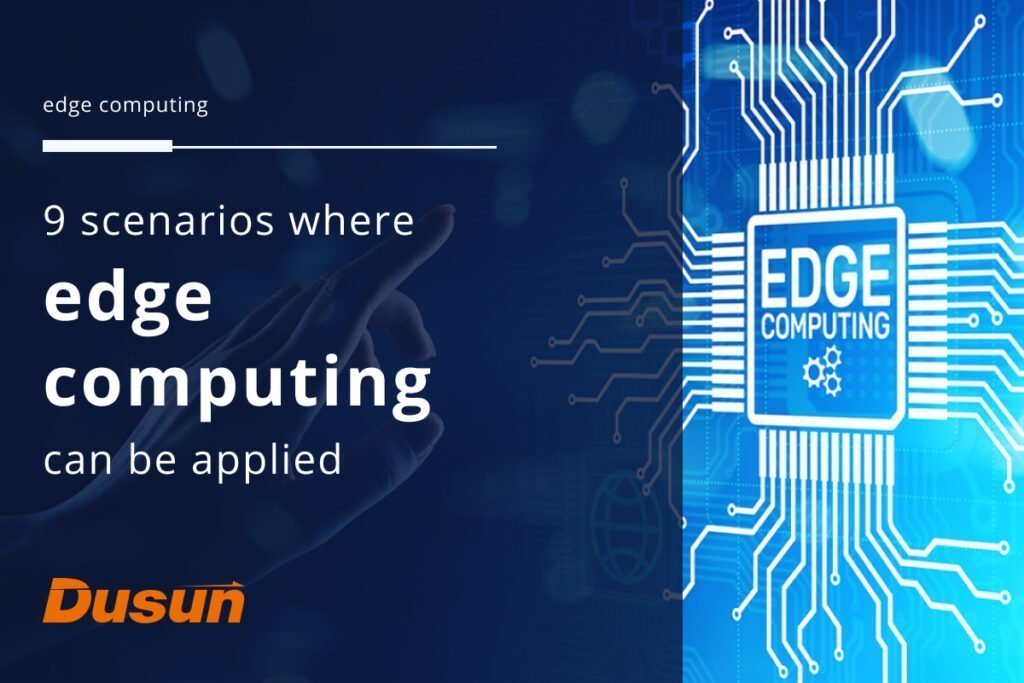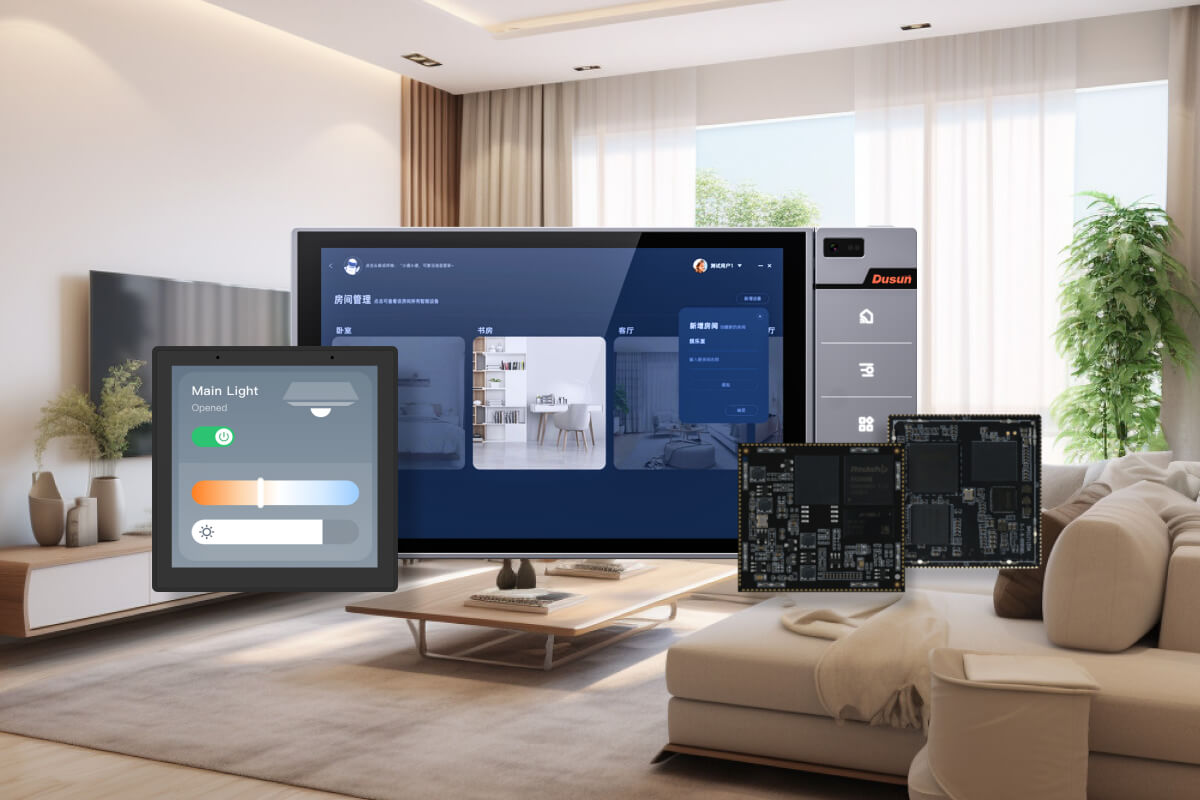IoT edge computing has become a viable option for businesses with sizable IoT deployments to handle sensor data near its source. It is integrated into a multi-cloud architecture that enables new digital business opportunities on a more strategic level.
Edge computing and Internet of Things minimizes WAN bandwidth costs and tackles security, data privacy, and data autonomy issues, as well as the latency associated with transporting data from a remote place to a centralized data center or the cloud for analysis.
What Is Edge Computing In IoT?
IoT edge computing is a concept that aims at providing computing services closer to various IoT devices in the data source end. This proximity to data at its source can deliver substantial business benefits, including faster insights, improved response times, and better bandwidth availability.
The concept of cloud computing in Internet of Things dates back to the 1990s. Even back then, there were plans to introduce nodes closer to the user to deliver cached content like images or videos. Edge computing is closely related to the Internet of Things and is based on the concept of data processing by end devices or micro-data centers located nearby.
There are numerous edge computing definitions on the Internet. The simplest way to describe this edge computing in IoT technology is as a network of micro-data centers that process data locally before sending it to a central database operating in the cloud or a company’s data center.

What is Edge Computing Gateway?
To know edge computing gateway, we’d better know what is an IoT gateway. IoT Gateway, as the name suggests, is used as a bridge between two networks, so some people call it IoT bridge. It acts as a checkpoint, gate, concentrator, and bridge in various communication protocols and networks. Most IoT networks require its backend connectivity to other networks, whether private or public. Without data flow among these different networks, devices can only interact with each other in a localized and isolated manner.
In the scenario of massive data calculation, the IoT gateway needs to perform a large amount of calculation and aggregation of sensory data to reduce the computing pressure of network transmission and central server. Therefore, edge computing has now become a key capability of gateways.
Edge computing power is closely related to industry attributes itself. Different industries have different requirements for data computing quantity, and the required edge computing power is also different. Adopting ARM® Quad-core Cortex-A55, up to 8GB dual channel 64Bit LP DDR4 with 128GB high-speed eMMC empowers Dusun’s IoT edge gateway strong capabilities, ranging from 0.6-275Tpos to meet different specific application scenarios.
IoT Edge Computing Benefits
Low Power Consumption
Compared with cloud servers that aggregate massive data for centralized computing and analysis, edge computing gateways process data in real time at the site closest to the device layer. It can effectively reduce IoT applications by reducing the amount of data transmitted remotely and using energy-efficient computing chips. Threrfore, the overall energy consumption of the system is greatly reduced.
Architecture Simplification
Dusun IoT’s edge computing gateway integrates multiple functions such as IoT concentrator, routing, switch, and device control. At the same time, the built-in complete industry protocol library facilitates device connection, supports the development of device collaborative application functions, and dramatically simplifies the IoT communication layer architecture.
Small Size
Dusun IoT’s edge computing gateway adopts a highly integrated design, making the size smaller and more compact, and easier to install and deploy. And the application scenarios of the gateway terminals are more diverse, such as petrochemical, energy and power, rail transit, intelligent manufacturing, environmental protection industries, etc.
Smart Response
The edge computing IoT gateway also has a powerful device linkage control capability, which supports the independent implementation of device management strategies, multi-device linkage strategies, event analysis strategies, and exception handling strategies. Dusun IoT’s edge computing IoT gateway supports secondary development, which can further develop machine learning and computing optimization capabilities.
Flexible Deployment
The edge computing gateway can also support networking methods such as Ethernet and 4G/5G/WIFI, which can be selected as needed. The installation, deployment, and use are more personalized and flexible. The edge computing gateway also has strong cloud software center support, which can install corresponding firmware and applications according to actual application scenarios.
Explore IoT Gateway Development Here!
What Would Be Ideal Scenario For Using Edge Computing Solutions
According to STL Partners’ research, edge computing can be used in various scenarios. Here are 9 critical application scenarios:
Smart Home Edge Computing
IoT gateways are used in smart homes to collect and process data from all over the house. Typically, this data is sent to a central remote server where it is processed and stored. However, this existing architecture has backhaul costs, latency, and security issues.
Edge computing gateway brings processing and storage closer to the smart home, reducing round-trip times and processing sensitive data at the edge.
The examples above are just a few of the numerous use cases supported by edge computing across multiple industries. More scenarios will emerge in the future as edge computing technology matures.
Automatic & Vehicles Edge Computing
One of the first use cases for autonomous vehicles may be the automated platooning of truck fleets. Trucks can follow each other in convoy using edge computing technology. All but the lead truck will no longer require drivers, as trucks can communicate with each other with ultra-low latency. This saves fuel and reduces congestion.

Asset Management Edge Computing
For example, failure in the oil and gas industry can be disastrous. As a result, asset tracking is critical. However, oil and gas plants are frequently located in remote areas. Edge computing brings real-time analysis and processing closer to the asset, reducing reliance on high-quality connections to centralized clouds.

Smart Grid Edge Computing
Edge computing will be a crucial technology for the widespread adoption of smart grids, assisting businesses in better managing their energy consumption. Sensors and IoT devices connected to edge platforms in factories and offices are used to monitor and analyze energy consumption in real-time.
Businesses and energy companies can make new deals with real-time visibility. For example, to run high-power machinery during off-peak hours of electricity demand. This may increase the company’s use of green energy sources such as wind.

https://www.electrical-technology.com/
Smart Factory Edge Computing
Manufacturers want to be able to analyze and detect changes in production lines before they fail. Edge computing assists in bringing data processing and storage closer to the device. This allows IoT sensors to monitor machine health with low latency and perform real-time analytics.
Remote Patient Monitoring Edge Computing
Currently, monitoring devices such as blood glucose monitors, health tools, and other sensors are either unconnected or require large amounts of unprocessed data from the devices to be stored on a third-party cloud. This raises safety concerns for healthcare providers.
To ensure data privacy, the edge on a hospital website can process data locally. Edge computing can also alert practitioners to abnormal trends or behaviors in patients on time.

Explore More On Dusun IoT’s Remote Patient Monitoring Device Solutions
Cloud Gaming Edge Computing
Cloud gaming is a new type of game that transmits the game’s real-time content directly to the device, which is highly dependent on latency.
Cloud gaming companies are looking for edge servers that are as close to players as possible to reduce latency and provide a fully responsive and immersive gaming experience.

Content Delivery Edge Computing
Content delivery can be greatly improved by caching content such as music, video streaming, web pages, and so on at the edge. Latency can be significantly reduced. Content providers are looking to distribute CDNs more broadly, allowing network flexibility and customization based on user traffic needs.
Traffic Management Edge Computing
Edge computing has the potential to improve the efficiency of urban traffic management. Examples include optimizing bus frequency in the face of fluctuating demand, opening and closing additional lanes, and managing autonomous vehicle traffic in the future.
Edge computing brings processing and storage closer to the smart home, reducing backhaul and round-trip times and processing sensitive information at the edge. For example, voice assistant devices such as Amazon’s Alexa will have much faster response times. Edge computing eliminates the need to transmit large amounts of data to a centralized cloud, lowering the cost of bandwidth and latency.



















